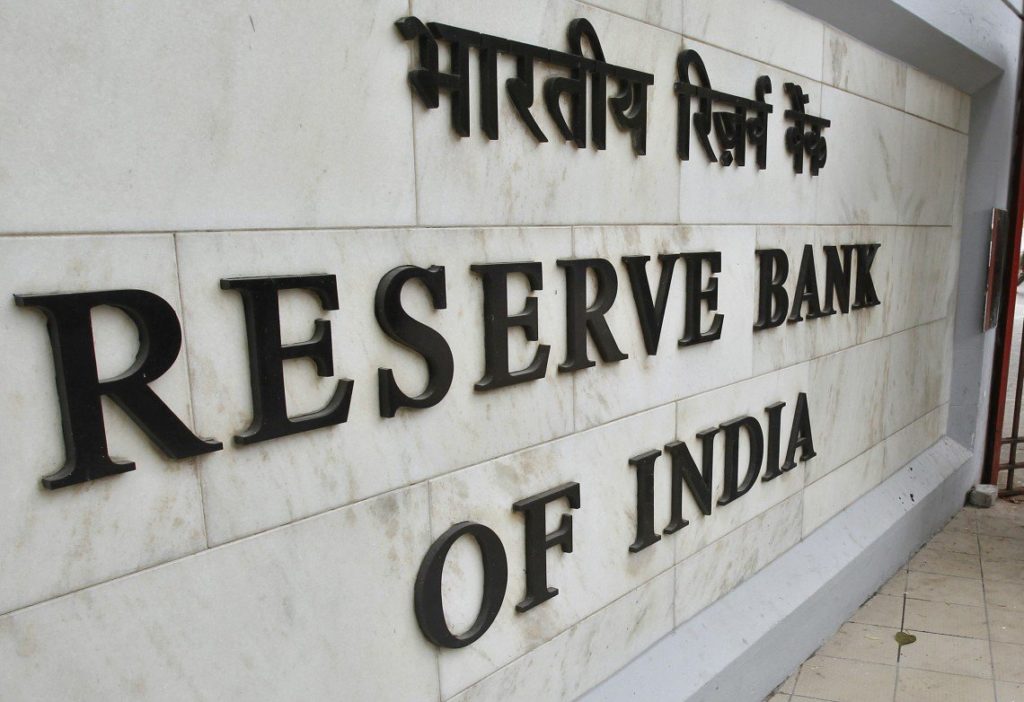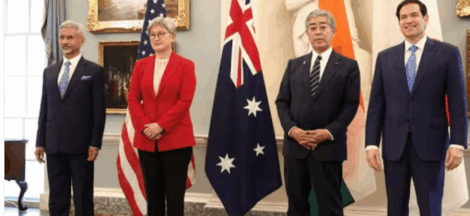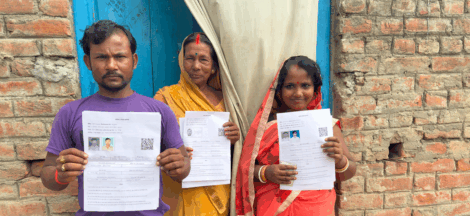By Romar Correa
A basic concept in monetary economics is the Cash Reserve Ratio (CRR). Commercial banks must park a certain portion of their deposits with the Central bank of the country. As interest is not payable on the funds so deposited with it, the Central bank could be said to earn an implicit rent on the funds. Banks could have earned an explicit return by investing the money in the money market, for instance.
The CRR was used as a weapon in inflation fighting. On the conviction that inflation was ‘always and everywhere’ a monetary phenomenon, it was hiked when inflation was high, allegedly reducing the ability of banks to seek assets and thereby stoking the inflation fire.
When inflation was low, the CRR was lowered, providing banks greater ‘liquidity’ to lend within bounds that did not threaten inflation. The policy tool has fallen into disuse, a short-term rate of interest is used in its stead to target inflation.
In India, it is the repo rate. Besides, worldwide the CRR has been on a downward trend approaching zero in some countries on the belief that banks are best equipped to manage their liabilities.
Deposits are a cost for banks on which interest must be paid. We are free to draw on our accounts any day almost without notice. So-called vault cash is held by banks for precautionary purposes to allow for unforeseen demands. It might be insufficient to meet bank runs which, when not driven by false rumours, are the result of the portfolios of banks turning rotten.
Accounts can be unused or turn dormant for many reasons. These are not unwelcome to bank managers as interest payments due recede into the future. There will be occasions when dead accounts spring to life but those events would be rare. In any event, there is nothing in economics to justify the unclaimed amount of around ₹35,000 crore of 10.24 crore accounts in public sector banks being transferred to the Reserve Bank of India (RBI) in February 2023 as reported by Livemint on April 3, 2023.
Only the RBI benefits from the accounting transfer as it is a liability item on its balance sheet that can support an increase on the asset side. The matter has snowballed over the past 25 years to encompass all government agencies holding over ₹2 lakh crore of unclaimed assets as revealed in a MoneyLife foundation report on August 28, 2024.
“Our attention is confined to the RBI which in its latest annual report stated that ₹78,213 crore of unclaimed deposits was transferred to DEAF (Department of Education and Awareness Fund).The figure was a leap of 26 percent over the level the previous year. It is still in possession of an excess of ₹1 lakh crore in dormant accounts. The sum does not include accounts at the State Bank of India (SBI) and one other bank.”
Dormant accounts in England are transferred to a ‘reclaim fund’ which supports vulnerable groups. In the US, the state in which the claimant resides is tracked and the state takes charge in a procedure called ‘escheatment’. In Japan, the Diet passed the Dormant Deposit Utilisation Act in 2016 which allows inactive accounts to be used to finance social welfare schemes.
The RBI does not embrace the asset side of the balance sheets of banks as it does the liability side. Non-performing assets (NPAs) remain a festering sore and are outsourced to public and private bad banks.
The record of clean-up operations is not exemplary because the purpose and decisiveness that only the Central bank of a country can provide are absent. The mandate of Central banks throughout history, emerging as they did from the community of commercial banks, was to direct bank credit to social welfare-maximising activity.
We would be more precise today and specify employment-generating and ecologically-kind projects. The concentration on inflation is a modern phenomenon. Two propositions are behind the fixation. The first is that output and employment are the business of the government or the fiscal authority. Secondly, the analytical underpinning is the tradeoff between inflation and unemployment, the so-called Phillips curve.
We might be witnessing the beginning of the end of devotion to that curve as the evidence against the negative relationship accumulates. Within and between countries, we see low inflation and low unemployment and high inflation and high unemployment.
The transfer of dormant commercial bank accounts to the RBI is arbitrary and unprincipled. While innocuous in itself, it is yet another piece of evidence on the blindsiding of banking in India. Commercial bank balance sheets are reduced to the extent that the Central bank balance sheet swells. The RBI is more focused on financial markets and other forms of intermediation. The implications for money and the monetary transmission process are disastrous. (IPA Service)
Courtesy: The Leaflet




 Pakistan Govt Deeply Worried At Balochistan Rebels Gaining Strength With Young Recruits
Pakistan Govt Deeply Worried At Balochistan Rebels Gaining Strength With Young Recruits 